Tamalapaku
₹139
Tamalapaku, scientifically known as Cinnamomum tamala, is an aromatic evergreen tree native to the Indian subcontinent. Renowned for its distinct aroma and medicinal properties, this versatile plant has been used in traditional Ayurvedic medicine for centuries. Its leaves, bark, and fruit are all prized for their therapeutic benefits and culinary applications.
20 people are viewing this product right now
🔥 10 items sold in last 3 hours
Tamalapaku, scientifically known as Cinnamomum tamala, is an aromatic evergreen tree native to the Indian subcontinent. Renowned for its distinct aroma and medicinal properties, this versatile plant has been used in traditional Ayurvedic medicine for centuries. Its leaves, bark, and fruit are all prized for their therapeutic benefits and culinary applications.
Key Features & Benefits
- Aromatic Leaves: The fragrant leaves of Tamalapaku are widely used in cooking, especially in Indian cuisine, to add a unique flavor and aroma to dishes.
- Medicinal Properties: The plant is believed to possess various medicinal properties, including anti-inflammatory, antioxidant, and antimicrobial effects.
- Aesthetics: Tamalapaku can be grown as an ornamental tree or shrub, adding beauty to your garden with its lush foliage and attractive flowers.
- Air Purification: The plant helps purify the air by absorbing toxins and releasing oxygen.
- Versatility: Its leaves, bark, and fruit can be used in various ways, from culinary purposes to medicinal applications.
Plant Care Guide
Ideal Plantation Locations
Tamalapaku thrives in warm, humid climates with well-drained soil. It prefers partial shade but can tolerate full sun.
Planting & Gardening Instructions
- Location: Choose a location with ample sunlight or partial shade.
- Soil Preparation: Prepare the soil by mixing it with organic compost to improve drainage and fertility.
- Planting: Plant the sapling or seedling in a hole twice the size of the root ball.
- Spacing: Plant multiple Tamalapaku trees at a distance of 6-8 feet apart.
Watering
Water the plant regularly, especially during dry periods. However, avoid overwatering, as it can lead to root rot.
Fertilizers
Apply a balanced organic fertilizer once a year during the growing season to provide essential nutrients.
Repotting Instructions
Re-potting is generally not required for outdoor-grown Tamalapaku trees. However, if you’re growing it in a pot, repot it every 2-3 years in a larger pot with fresh potting mix.
Fruiting Season
Tamalapaku trees typically start fruiting after 3-4 years. The fruiting season varies depending on the climate and specific cultivar.
Usage Ideas
- Culinary Use: The leaves are used as a spice in various Indian dishes, including curries, stews, and pickles.
- Medicinal Use: The leaves, bark, and fruit are used in traditional Ayurvedic medicine for treating various ailments.
- Ornamental Plant: The tree can be grown as an ornamental plant in gardens and landscapes.
Care Tips
- Pest Control: Monitor the plant for pests like aphids and scale insects. Treat them with organic insecticides if necessary.
- Pruning: Prune the plant regularly to maintain its shape and promote healthy growth.
- Mulching: Apply a layer of organic mulch around the base of the tree to conserve moisture and suppress weed growth.
Only logged in customers who have purchased this product may leave a review.

₹99
Related products
Designed, Developed & Maintained by Growww.
Copyright © 2024 Ashok Chakra Nursery

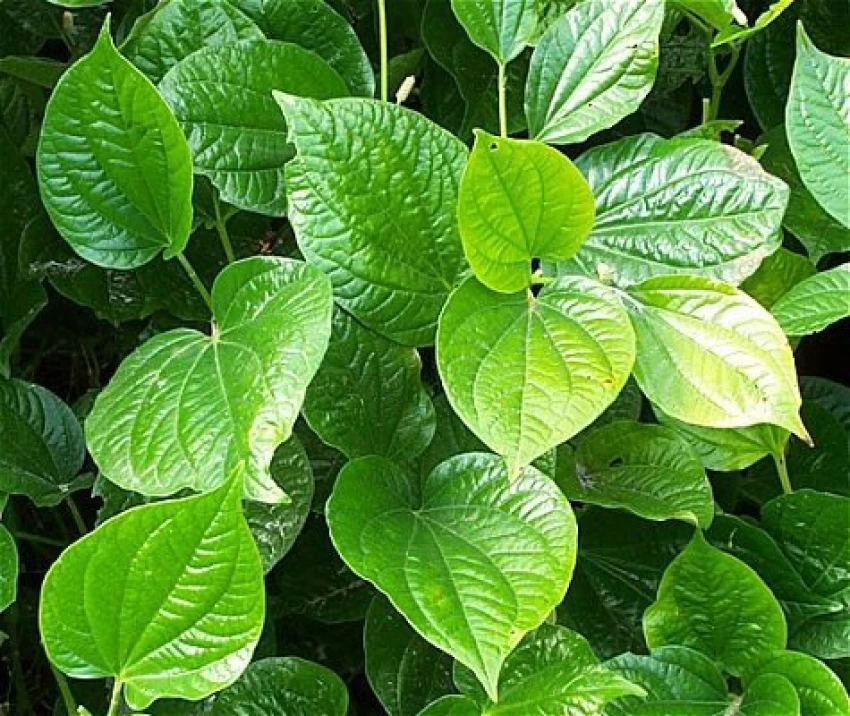
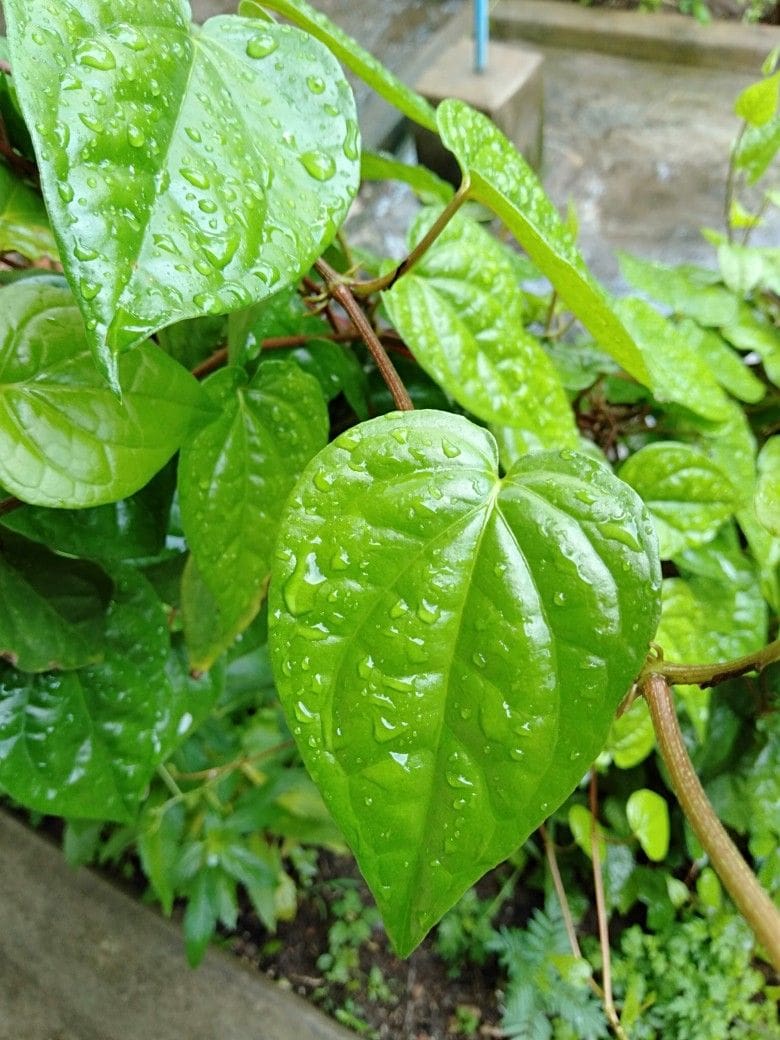
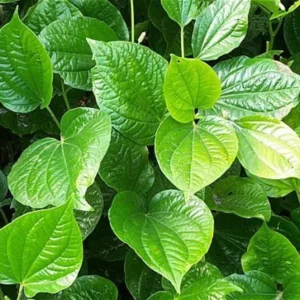


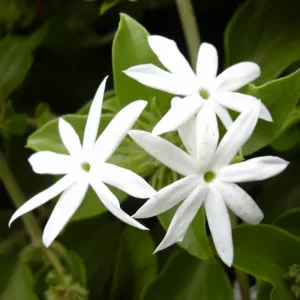

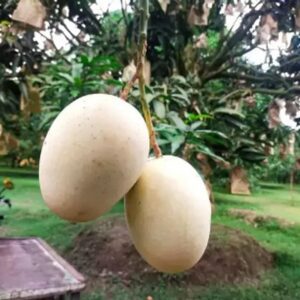
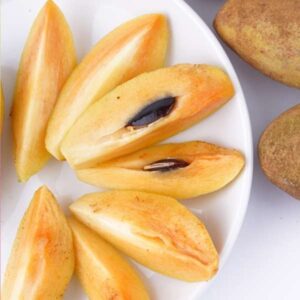
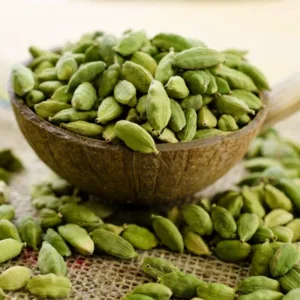
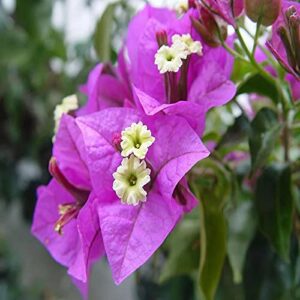
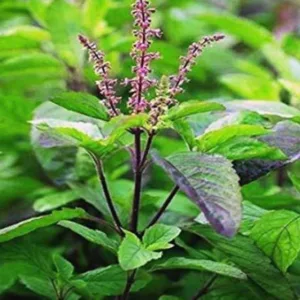
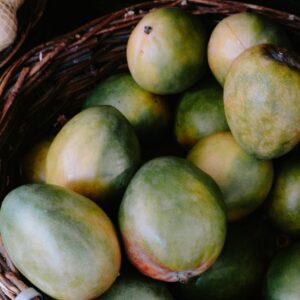
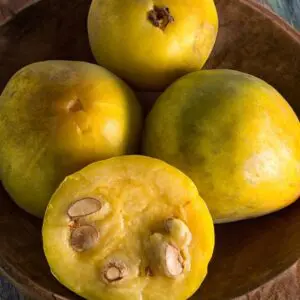
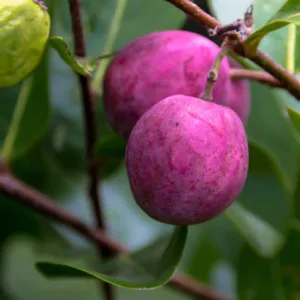
Reviews
There are no reviews yet.